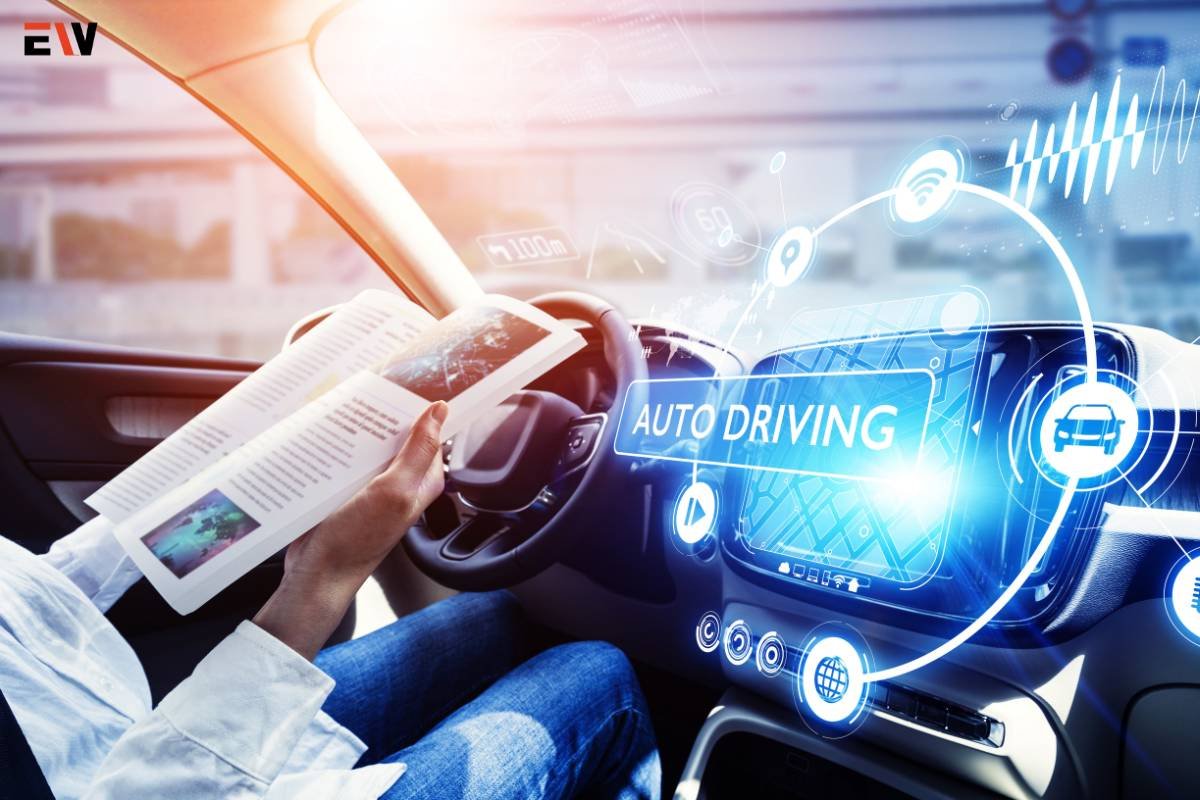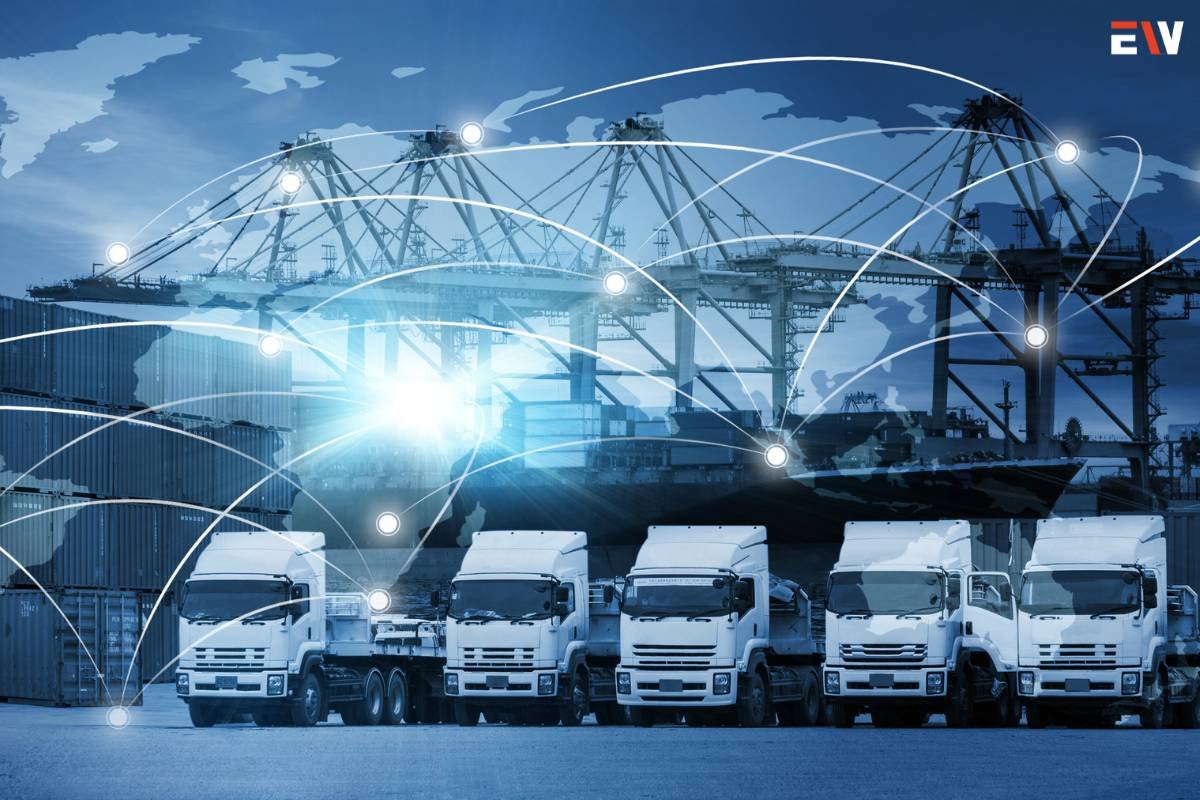The landscape of transportation is undergoing a transformative shift towards greater efficiency, sustainability, and connectivity. Smart Transportation, an umbrella term encompassing a myriad of innovative technologies, is at the forefront of this evolution. This comprehensive guide explores the key components of smart transportation, its impact on urban mobility, benefits, challenges, and the future trends that promise to reshape the way we move.
Understanding Smart Transportation
Definition and Scope
Smart Transportation refers to the integration of advanced technologies to enhance the efficiency, safety, and sustainability of transportation systems. This holistic approach involves the application of digital solutions, data analytics, and communication technologies to optimize various aspects of transportation, from traffic management to vehicle connectivity.
Key Components
1. Intelligent Transportation Systems (ITS)
ITS involves the use of advanced technologies to manage and optimize traffic flow, enhance road safety, and improve overall transportation efficiency. Components of ITS include traffic monitoring, adaptive traffic signal control, and real-time information dissemination.
2. Connected Vehicles
Transportation relies on the connectivity of vehicles to each other and to infrastructure, creating an intelligent network. This connectivity enables real-time communication, enhancing safety, and facilitating the smooth flow of traffic.
3. Autonomous Vehicles

The advent of autonomous or self-driving vehicles is a prominent facet of transportation. These vehicles leverage artificial intelligence, sensors, and machine learning to navigate and operate without human intervention, potentially reducing accidents and improving traffic flow.
4. Smart Infrastructure
Infrastructure equipped with sensors and communication technologies forms a crucial component of smart transport. Smart traffic lights, road sensors, and integrated transportation hubs contribute to a more connected and responsive transportation ecosystem.
Impact on Urban Mobility
1. Traffic Management and Optimization
Smart Transportation technologies enable real-time monitoring of traffic patterns, congestion levels, and road conditions. This data is utilized to optimize traffic signals, reroute vehicles, and alleviate congestion, leading to more efficient transportation systems in urban areas.
2. Enhanced Safety
Connected vehicle technologies and autonomous driving systems have the potential to significantly enhance road safety. These technologies can detect and respond to potential hazards faster than human drivers, reducing the incidence of accidents and improving overall road safety.
3. Sustainable Transportation
Smart Transportation plays a pivotal role in promoting sustainability by optimizing routes, reducing traffic congestion, and encouraging the use of environmentally friendly modes of transportation. This contributes to a reduction in greenhouse gas emissions and a more sustainable urban environment.
Benefits of Smart Transport
1. Improved Efficiency
The integration of smart technologies streamlines transportation operations, resulting in more efficient traffic flow, reduced travel times, and enhanced overall system performance. This efficiency translates to time and cost savings for commuters and businesses.
2. Environmental Sustainability
By promoting sustainable modes of transportation and optimizing traffic flow, smart transportation contributes to environmental sustainability. Reduced congestion and improved fuel efficiency result in lower emissions, mitigating the environmental impact of urban transportation.
3. Enhanced Safety and Reduced Accidents

Connected vehicles and autonomous technologies have the potential to significantly reduce the number of traffic accidents. Real-time communication between vehicles and infrastructure helps prevent collisions and autonomous vehicles are designed to adhere strictly to traffic rules, minimizing human error.
4. Improved Accessibility
Smart Transportation technologies can enhance accessibility for individuals with mobility challenges. Real-time information about public transportation schedules, adaptive traffic signals, and connected vehicles contribute to creating a more inclusive transportation environment.
Challenges and Considerations
1. Infrastructure Development
The successful implementation of smart transport relies on robust and well-integrated infrastructure. The need for significant investments in sensor-equipped roads, communication networks, and smart traffic management systems poses a challenge, particularly for cities with outdated infrastructure.
2. Data Privacy and Security
The vast amount of data generated by smart transportation systems raises concerns about data privacy and security. Protecting sensitive information from cyber threats and ensuring that user data is handled responsibly are critical considerations in the development and deployment of smart transport technologies.
3. Regulatory and Legal Frameworks
The introduction of autonomous vehicles and other smart transportation technologies requires the development of comprehensive regulatory frameworks. Issues related to liability, insurance, and compliance with existing traffic laws must be addressed to ensure the safe integration of these technologies into existing transportation systems.
Future Trends
1. Integration of 5G Technology

The widespread deployment of 5G technology is poised to revolutionize smart transportation by providing faster and more reliable communication networks. This will enable real-time data exchange, supporting the seamless operation of connected and autonomous vehicles.
2. Mobility as a Service (MaaS)
The concept of Mobility as a Service envisions a shift from individual vehicle ownership to a model where transportation is viewed as a service. Integrating various modes of transportation, including public transit, ride-sharing, and micro-mobility, under a unified platform aims to provide users with convenient and flexible mobility solutions.
3. Continued Advancements in Autonomous Vehicles
Autonomous vehicle technology will continue to evolve, with ongoing research and development aimed at enhancing safety, reliability, and the overall performance of self-driving vehicles. As these technologies mature, their integration into mainstream transportation is expected to accelerate.
Conclusion
Smart Transportation represents a paradigm shift in the way we conceive, plan, and implement transportation systems. From optimizing traffic flow to enhancing safety and sustainability, the integration of smart technologies holds the promise of creating more efficient, accessible, and interconnected urban mobility networks. While challenges such as infrastructure development and regulatory frameworks persist, ongoing advancements and collaborative efforts across industries and governments indicate a future where smart transport technologies play a central role in shaping the way we move within and between cities.










